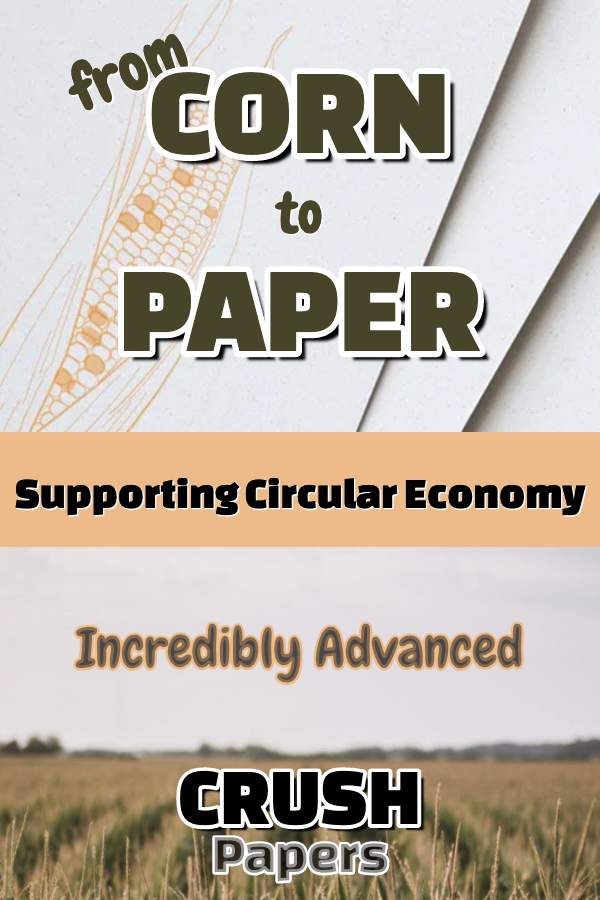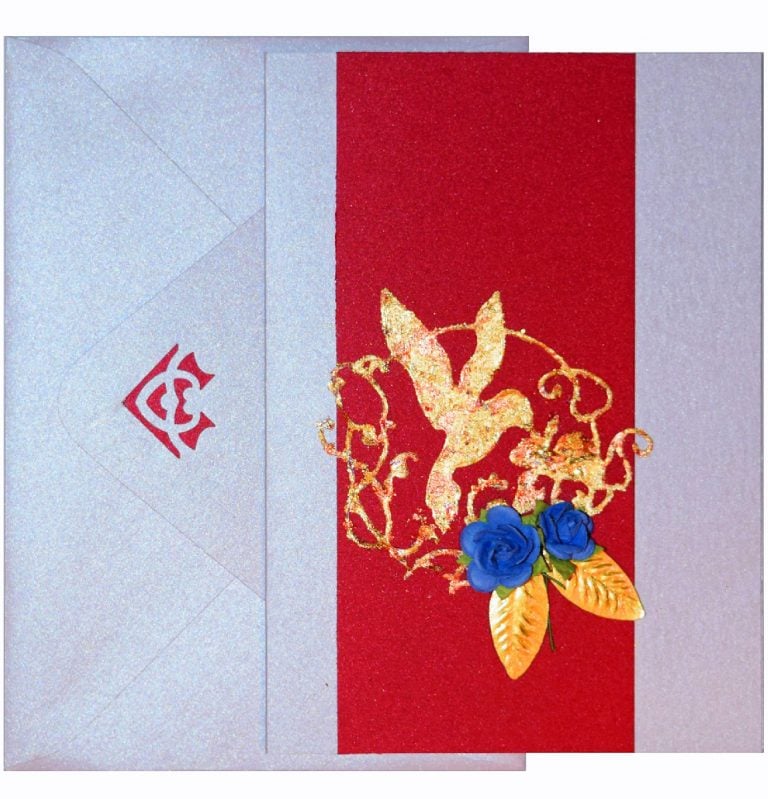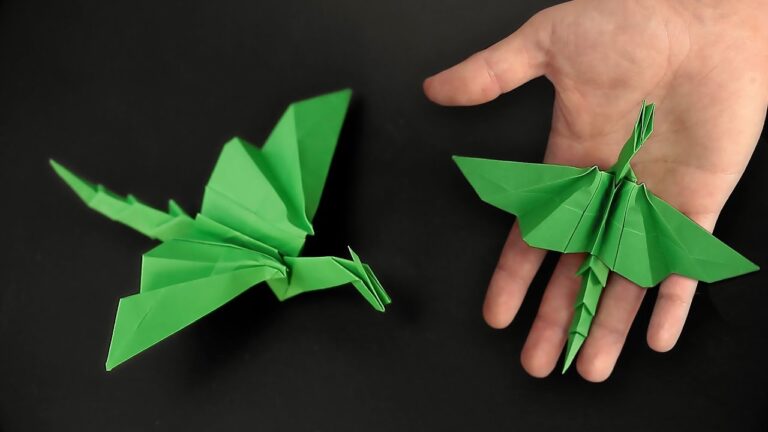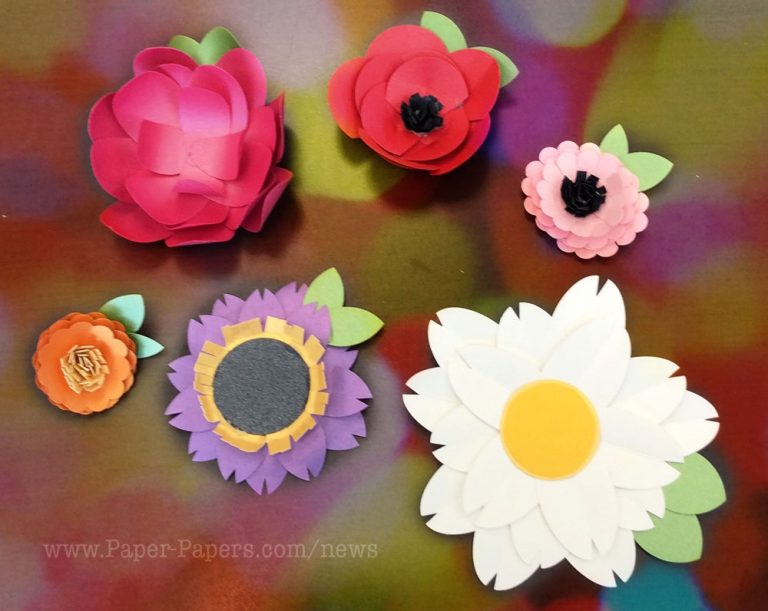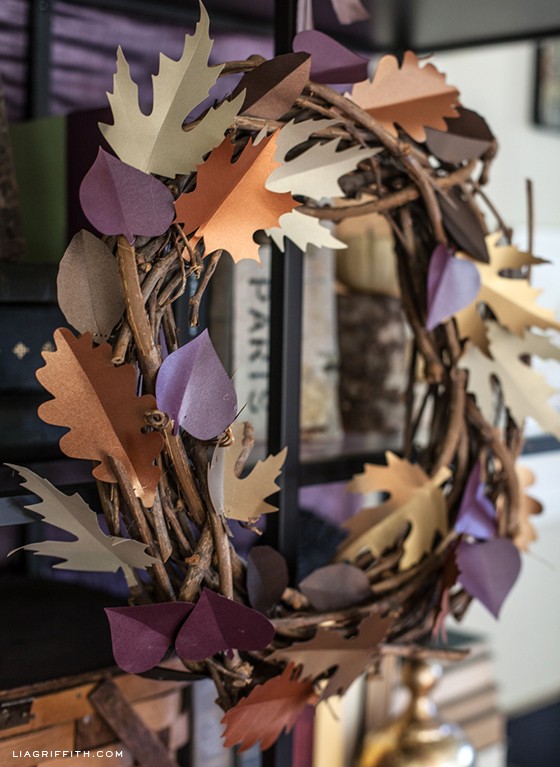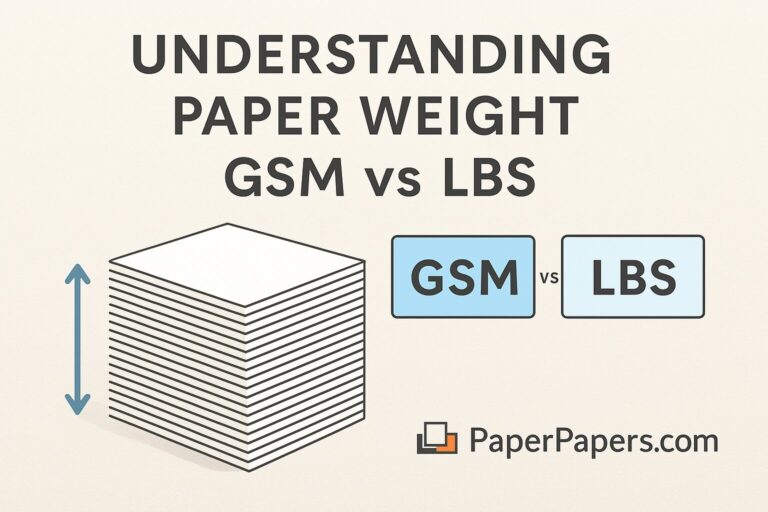Everything You Need to Know About Cardstock
Did you know that more than one-third of all paper currently produced is made from recycled fiber?
When you’re looking to buy wholesale cardstock from a wholesale paper supplier, it’s essential to know what kinds of cardstock exist, and what the different varieties are best for.
The bad news about cardstock options is that, when it comes to which kind you should use, there’s no one-size-fits-all answer. With so much variety between printers, inks, and printing services, no one type of wholesale cardstock will work for every purpose, every time.
However, this comes with good news: with so many cardstock options, there’s a lot to choose from, so you can easily find the best kind of wholesale cardstock paper for you. It just takes a little work and the right information.
Read on for everything you need to know about cardstock options before you buy cardstock wholesale.

Where Should You Buy Wholesale Cardstock?
here are a lot of online vendors for paper products. The best ones will offer lots of cardstock options, in lots of colors. Some will allow you to sample different kinds of paper before you choose one to place an order. If you find a cardstock wholesaler that sells cardstock made from recycled fiber, all the better, years past, recycled paper products used to be of poorer quality than virgin fiber (new) paper, but not anymore. With recent technological advancements, there’s virtually no difference between high-quality recycled paper and virgin-fiber paper.
By buying recycled cardstock, you’re helping the people working to preserve our environment.
How Will Your Cardstock be Printed?
If you need to print invitations in bulk, you might be planning to outsource the process to a printer. Or, if you don’t need that many copies printed or you just like doing things yourself, you may plan on doing your printing at home.
If you’re doing your printing at home using an inkjet or laser printer, it’s essential to keep in mind that home printers can only handle so much weight. It’s a good idea to read your printer’s instruction manual to find out what the maximum cardstock weight level that your printer can handle.
Tips for Home Printing
The following are some quick tips if you’re printing on your home printer:
- Set your printer to the highest quality setting. This might be the “photo” setting for your device.
- For inkjet printers, use smooth or textured cardstock. Printing from an inkjet can sometimes appear fuzzy. Test printing will help identify which stock works best with your printer. If you want texture, Linen stock is a safe choice for textured cardstock paper. Pearlescent, metallic cardstock are not all inkjet friendly. When you find a shimmer paper that works with inkjet, they sometimes require a little extra drying time, but ultimately produce a lovely result. Read more about our white shimmer metallic and how lovely it make your projects shine.
- How thick can I print? Another reason to test your home printer. When experimenting to see what weight of cardstock works best, try starting with 65# (65lb Cover) and work your way up from there. The heavier your cardstock, the more professional they will feel. 120# is considered ideal for wedding invitations.
- What size should I use? Depending on your printer, be sure to follow the minimum to maximum paper sizes. Most home use printers in the USA accept letter size paper, identified as 8.5×11-inches and will also accept 8.5×14 legal size. When attempting a smaller size, each printer will have its own challenge and we always recommend testing. Another option is to prepare your art so it can print 2-up, 3-up, and so on. Then you can print and trim your card down to size.
- What color should I use? Another barrier to consider when using a home printer. Dark colors will not show print unless your device can print opaque ink. Otherwise, stay with medium to light shades allowing the cardstock paper to be a perfect complement of your message.
Take a minute and get a quick cheat sheet review on cardstock and how the weights compare. Just hop over to our guide: Help understanding different weights of paper.



